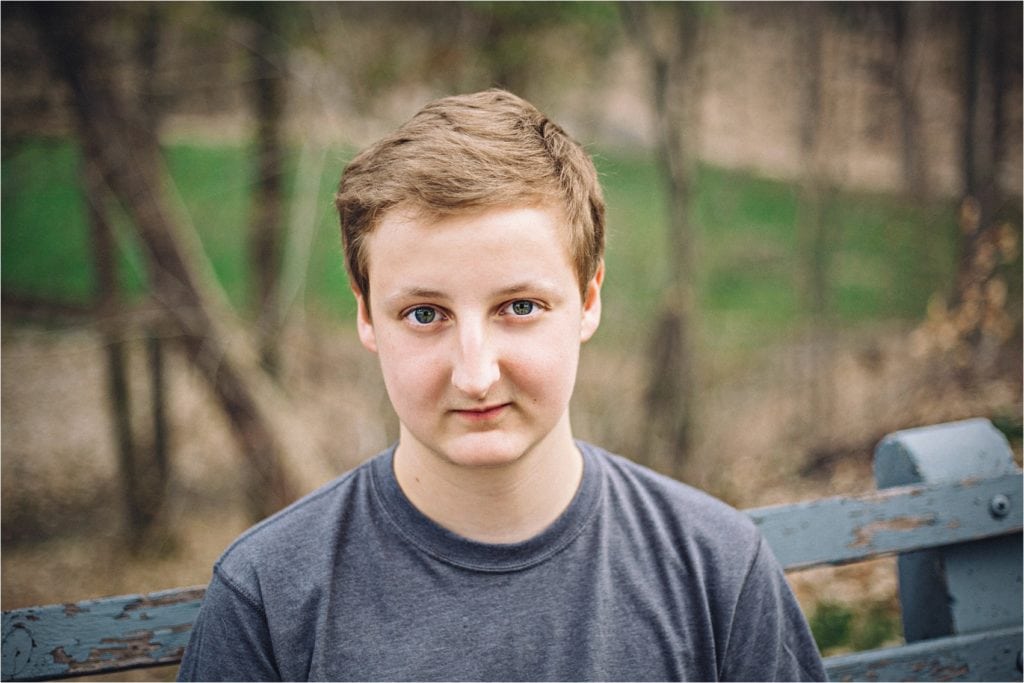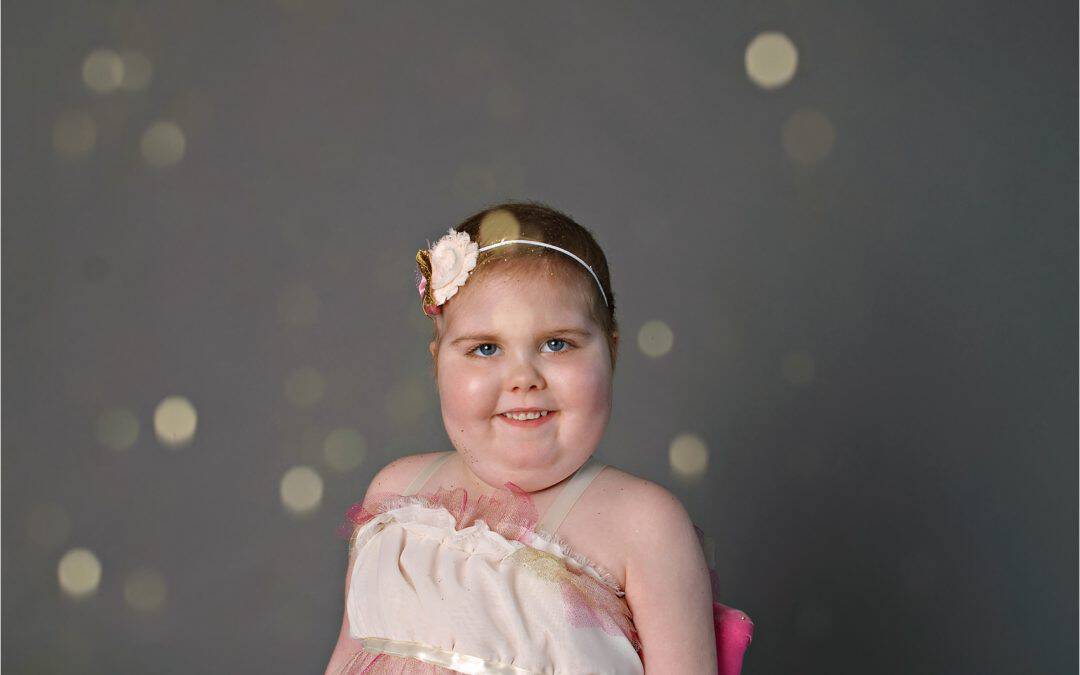Imagine being told not only that your child has cancer, but also that the cancer he has is considered the deadliest childhood brain cancer. There is nothing in modern medical science to cure them. Nothing. Every single attempt to save the life of your baby is thwarted by the aggressive nature of the #1 cause of pediatric cancer death – Diffused Intrinsic Pontine Glioma or DIPG.

Charlie, diagnosed with DIPG.
WHAT IS DIPG?
DIPG is a nasty tumor found in the brain stem, specifically the area of the brain at the top and back of the neck, connected to the spinal cord. This tumor grows quickly and invades the healthy brain tissue, weaving itself so thoroughly that removing it is impossible. The aggressive nature of this tumor defies the “normal” science of what a tumor is; a mass of cancerous tissues with defined edges.
DIPG, on the other hand, has soft, non-uniform edges and intertwines itself among healthy brain cells. In essence growing into its own defense mechanism and preventing surgical removal. No surgeon wants to dig through healthy brain tissue, especially on the brain stem. The brain stem controls things like breathing, heart rate and the nerves and muscles that assist in seeing, hearing, walking, talking and eating. Just to give you an idea of how scary the location of these tumors are.
Like all cancerous tumors, it’s terrifying to find out that your child has a tumor in her brain. But also, this one is the worst of the worst: not only completely inoperable, but completely incurable. While DIPG is rare, around 300 children a year are diagnosed with this cancer, it is the most common brain cancer death in children.
COMMON SYMPTOMS
As a mom of a child who battled cancer in her brain, I can tell you without a doubt there are no symptoms out there that compare to the terror of brain stem tumor symptoms:
- Difficulty with walking and balance
- Eye issues like double and/or blurred vision, uncontrollable eye movements, drooping eyelids
- Difficulty chewing and swallowing
- Vomiting and nausea
- Headaches primarily in the morning or headaches gone after vomiting
- Weakness in facial muscles, drooping, mostly on one side

Angel’s his eyes turned inward, he couldn’t speak, and he lost his ability to walk before being diagnosed with DIPG.
Unlike some childhood tumors, DIPG is fast growing and some symptoms may seem to pop up overnight. This is due to the tumor becoming large enough to put pressure on certain areas of the brain stem.
TREATMENT
There is no treatment for DIPG currently. This diagnosis is a heartbreaking death sentence. With the advances made in cancer research in recent years, there is hope that someday soon there will be an effective treatment for DIPG, but right now all doctors and patients can do is experiment. All of the treatment efforts made in the past have resulted only in buying a little bit of time instead of a cure.
Because of the destructive growth and uncommon shape of this tumor, operating on it for biopsy or removal is rare here in the United States. Doctors generally sidestep the practice because the results of the biopsy rarely have an effect on the type or the success of the treatment. The side effects and general risks of operating on any area of the brain tend to outweigh the good.
In Europe, however, advances in technology have garnered a new way to biopsy, called a “stereotactic” biopsy. This combines the sciences of MRI and CAT scans of the brain and tumor with a long, thin needle. Using the scans as a map, the needle is guided into the tumor to extract cells while avoiding critical nerves in the brain. This keeps the risk of damage to the healthy brain tissue lower than a normal biopsy.

Ava’s treatment of DIPG consisted of radiation with an experimental chemo treatment. Though her initial tumor responded well to treatment, more tumors were found in other areas of her body. Ava passed away in November of 2012 after an 11-month battle.
Radiation seems to be the only treatment that comes close to helping, though it in no way resembles a cure. Kids diagnosed with DIPG usually only get a few months – 5 is the median, and radiation therapy can give them as many as three extra months. Can you imagine? Eight months with your baby until the unthinkable happens and no way to cure the disease.
HOPE
Sadly, up until now chemotherapy has had almost zero effect on these gliomas. A study completed by Northwestern University does, however, show some promise on the future of chemo and DIPG. Essentially, mice with gliomas have shown great improvement when treated with a new chemotherapy drug using BET inhibitors. Because of this finding, a clinical trial is currently in the first phases for adults. Northwestern is hoping to open up a clinical trial for children by the end of 2017. This seems to be the only shred of good news concerning DIPG.
While researchers and doctors today have a basic understanding of a few of the genetic mutations causing DIPG, there is a lot of information researchers aren’t privy to. The lack of tissue samples of the tumor, a direct result of the general lack of the practice of biopsy stalls research. Parents of children diagnosed with DIPG can request that a sample of their child’s tumor tissue be donated for research. The more tissue samples we have of this monster, the more information we can learn and better hone the healing procedure to one day have a cure for these little fighters.
TAKE ACTION
Here at The Gold Hope Project, we are striving to raise money for awareness and research of this monstrous malignancy. The DIPG Collaborative is a group of 30 amazing organizations that have come together to facilitate DIPG cancer research and grants. Through this collaborative, we know we can make a huge difference in the understanding of this cancer and, more importantly, the CURE of this cancer. Donations are so needed and so appreciated in the world of sick children. Please visit our donation page to help us help the kids battling DIPG. The value of your donation is life!


